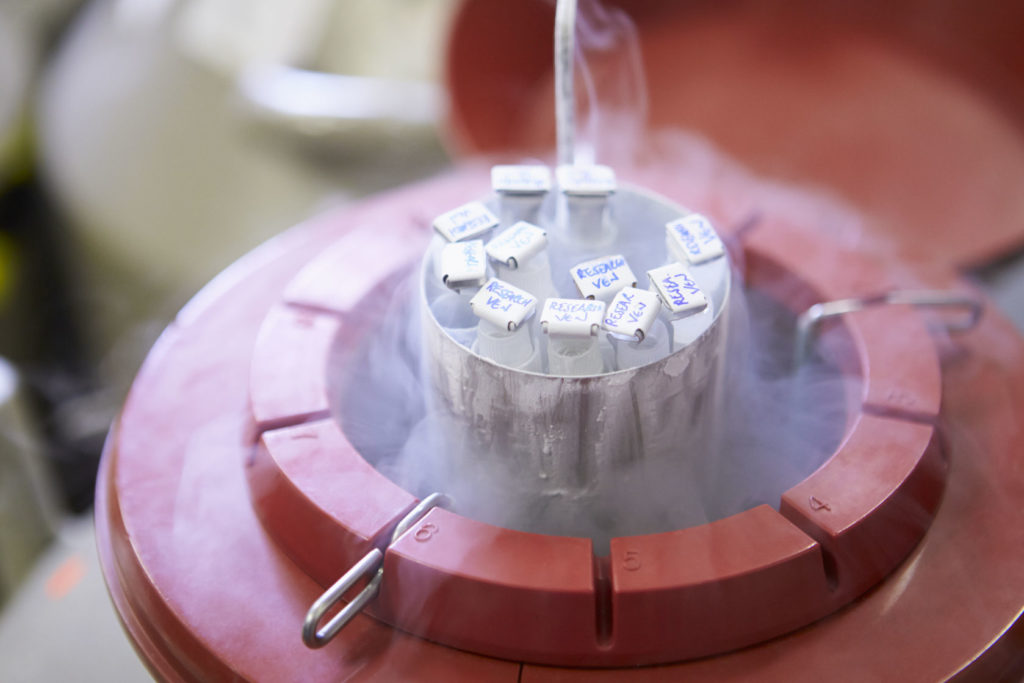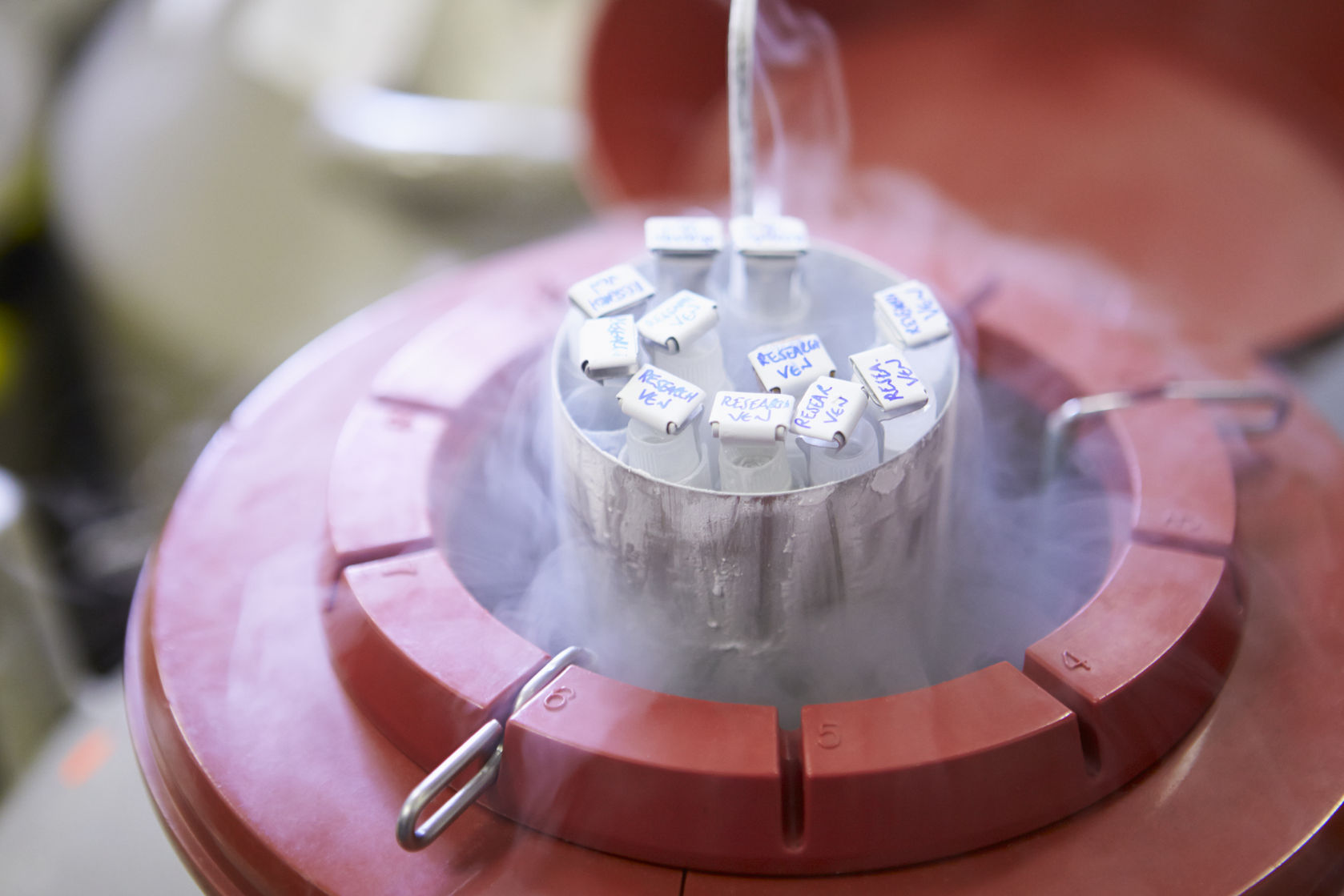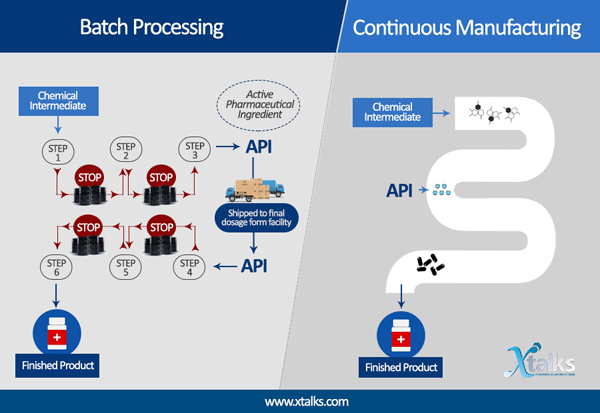Good cold chain management practices are critical for ensuring product integrity and security throughout the supply chain and have always been a top priority for the pharmaceutical manufacturer. The increase in the importance of pharmaceutical cold chain management has also emerged as a result of changing product portfolios, the requirements for Good Storage and Distribution Practices, current regulatory trends, quality management, risk assessment factors and temperature monitoring. In recent years, global regulatory agencies have increased oversight to ensure the integrity of pharmaceutical products in the distribution chain. Overall, the essence is to ensure that the range of product categories are handled, stored and distributed with appropriate controls needed to maintain product quality. In the absence of proper controls, the potential impact of temperature excursions can lead to negative consequences, such as:
- Patients could be administered a less than potent product
- Temperature variability can lead to inconsistent results affecting trial results
- Lack of compliance with global regulatory and standards-based requirements could lead to increased liability
- Shipments can be rejected by the quality department leading to costly delays, thus resulting in an increase in the complexity of clinical trial management
An overview of key regulatory and industry guidance(s) encouraging best practices focused on ‘quality to patient’ related to temperature management of trial therapies is outlined starting with two global guidance documents from the EU guideline that stand out; Annex 15: Qualification and Validation, and Section 6- Verification of Transportation from EU Guidelines for Good Manufacturing Practice for Medicinal Products for Human and Veterinary Use.
EU Guidelines for Good Manufacturing Practice for Medicinal Products for Human and Veterinary Use, Annex 15: Qualification and Validation, 30 March 2015, describes the principles of qualification which are applicable to the facilities, equipment, utilities and processes and may also be used as a supplementary optional guidance for active substances. It also focuses on a quality risk management approach and indicates that the defined appropriate processes be applied throughout the lifecycle of a medicinal product. In addition, justification for the scope and extent of qualification and validation covering the facilities, equipment, utilities and processes should be included as a part of the quality risk management system by the sponsor. Section 6 of this Guideline elaborates on the Verification of Transportation including the need for continuous monitoring and recording of any critical environmental conditions to which the product may be subjected. In addition, it considers the need to perform a risk assessment to account for the impact of variables in the transportation process other than those conditions which are continuously controlled or monitored. The other aspect of wholesale distribution is covered in the European Commission Guidelines of 5 November 2013 on Good Distribution Practice of medicinal products for human use. It presents the key concepts of integrated supply chain management and mandates that the distributors must comply with the principle of and guidelines for Good Distribution Practices (GDP).
The World Health Organization’s (WHO) working document QAS/04.068 on GDP is applicable to all the personnel and companies including manufacturers of intermediate and/or finished products, brokers, suppliers, distributors, wholesalers, traders, transport companies, processors and all others involved in the distribution of pharmaceutical products. The prime focus of this guideline is to ensure the quality and integrity of pharmaceutical products during all aspects of the distribution process. This working document mandates the requirement for checking, monitoring and recording where special storage conditions (temperature, relative humidity) are to be maintained during transit.
Per International Conference on Harmonization document [ICH Q1A (R2)], a drug product should be evaluated under storage conditions that test the thermal stability and, if applicable, its sensitivity to moisture. The duration and the storage conditions are to be chosen to sufficiently cover storage, shipment and subsequent use. Also, the effect of short term temperature excursion outside of the label storage conditions can be evaluated from the applicable stability data under accelerated storage conditions and intermediate storage conditions.
The United States Food and Drug Administration’s (FDA) Draft Guidance for Industry, Stability Testing for Drug Substances and Drug Products, 1998 indicates the importance of shipping and environmental conditions on product quality. The United States Pharmacopeia (USP), covers the Good Storage and Distribution practices across two chapters. USP<1079> Good storage and Distribution Practices for Drug Products outlines the general guidance on storage, distribution and shipment of Pharmacopeia preparations to ensure the maintenance of a proper storage environment for the integrity of individual articles until it reaches the end user. Several sections cover the various aspects of good storage and shipping practices including the qualification protocol, temperature challenges, vehicle qualification, shipment from manufacturer or wholesaler to pharmacy and from pharmacy to patient or customer. While the USP chapter <1197> is focused on the Good Distribution Practices for Pharmaceutical Excipients, a new chapter (USP<1083>) was introduced by USP to serve as an overarching chapter, and a review of where <1079> and < 1197> overlap was performed. Additionally, the scope of this new chapter covers a wider range of products including active pharmaceutical ingredients, medical devices, combination products, radioactive products, clinical trial materials, dietary supplements, vaccines, biological and biotechnological products. It also covers the principles that provide guidance on how to establish and maintain:
- A quality management system that ensures quality, integrity, safety and efficacy of materials and products during sourcing and distribution
- Temperature and humidity control during product holding and transportation
- Supply chain integrity from importation and exportation procedures to minimize counterfeiting, cargo thefts and diversion
- Traceability of individual products and shipments throughout the supply chain
Thus, it was intended to provide an overall focus on Good Distribution Practice (GDP) that would address areas focused on GDP that has been covered in <1079> and <1197> in addition to providing insights into the areas not previously addressed, as well as going beyond drug products and excipients.
From the Health Canada perspective, the recent Guidelines for Temperature Control of drug Products during Storage and Transportation (GUI-0069) implemented in April 2011 emphasizes the key role of environmental controls in maintaining drug safety, quality and efficacy with temperature being one of the most important parameters to control. Several sections of this guideline cover the various aspects from warehousing and storage, product transportation and products in transit, containers and container labelling, receiving to documentation.
Quality Management System (QMS) and Risk Management Process (RMP) have become the essence to ensure that the global regulatory requirements highlighted previously are successfully met. Several factors are an essential part of the QMS for GDP including organization, roles and responsibilities, process, trained resources implementation plan, compliance, change control, on-time delivery of right product, quality metrics, continuous enhancements as well as monitoring customer satisfaction. An ongoing risk assessment process is often complementary for the proper functioning of the QMS. Factors to be assessed include: compliance with regulations, guidelines and quality standards, product profile, physical and chemical stability, environment (temperature mapping and so on), mode of transportation, shipment destination, package and people.
In recent years, global regulatory authorities have increased oversight to ensure integrity of pharmaceutical products in the distribution chain. Several guidelines focus on providing a comprehensive view on cold chain management to meet regulatory requirements while handling, storing and distributing environmentally-sensitive products. Developing and implementing a QMS and RMP would be essential to a good distribution process for the efficient monitoring and control of multiple uncontrolled variables in the cold chain management process.
References:
- International Conference on Harmonization (ICH) Q1A (R2): Stability Testing of New Drug Substances and Products, 2nd Revision, November 2003, originally published in 1994
- Huynh-Ba K., Zahn M. (2009). Understanding ICH Guidelines Applicable to Stability Testing. In: Huynh-Ba K. (eds) Handbook of Stability Testing in Pharmaceutical Development. Springer, New York, NY
- Bishara Rafik H (2006). Cold Chain Management- An Essential component of the Global Pharmaceutical Supply Chain, American Pharmaceutical Review
- Draft Guidance for Industry, Stability Testing of Drug Substances and Drug Products (1998). United States Food and Drug Administration, 1998.
- Guidelines for Temperature Control of Drug Products during storage and Transportation (GUI-0069), Health Canada, April 2011.
- EU Guidelines for Good Manufacturing Practice for Medicinal Products for Human and Veterinary Use, EudraLex, Volume 4, Annex 15: Qualification and Validation, March 2015.
- USP. USP 39–NF 34. <1079> Good Storage and Distribution Practices for Drug Products, Rockville, MD: United States Pharmacopeial Convention; 2016.
- USP. USP 39–NF 34. <1197> Good Distribution Practices for Pharmaceutical Excipients, Rockville, MD: United States Pharmacopeial Convention; 2016.
- <1083> Good Distribution Practices. Pharmacopeial Forum. 2012;40(2).
- World Health Organization, Working Document QAS/04.068/Rev 2 Good Distribution Practice (GDP) for Pharmaceuticals, 2005.
- Seevers RH, Bishara RH, Harber PJ, Lucas TI, Designing stability studies for Time/ Temperature Exposure, American Pharmaceutical Outsourcing, Volume 6 (5), 2005, PP 18, 20, 21, 23 and 55.












Join or login to leave a comment
JOIN LOGIN